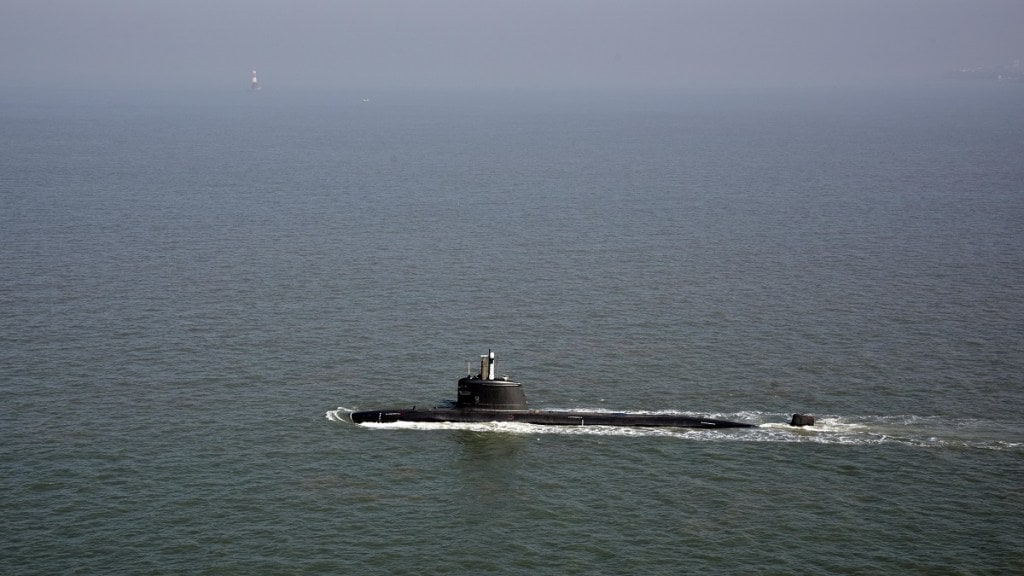India is planning to bring back one of its submarines, INS Sindhuratna, from Russia after a major refit. India’s diesel-electric submarines are still lying in Severodvinsk in Russia even after a major refit due to Western sanctions on Russia post the Ukraine war.
According to the latest reports, the plan now is to sail the submarine to a Norwegian port in February and then ferry it by ship to Mumbai.
According to sources, India is planning to bring back two of its submarines that were sent for refitment by navigating through a Norwegian port and then onto commercial transport vessels.
INS Sindhuratna had gone for an upgrade in Severodvinsk after a major accident in February 2014 that killed two officers. INS Sindhuratna is a Russian Type 877EKM diesel-electric submarine also popularly called a NATO-defined Kilo-class sub.
According to a report, to avoid the impact of sanctions, the navy has now changed its tender for transportation to a new arrangement. Earlier, the Indian Navy attempted to “sea-lift” its Russian-origin INS Sindhuratna on a commercial transport dock ship from the Severodvinsk shipyard in Russia to Mumbai. However, since the movement of ships isn’t possible owing to sanction, it had to think of a different approach.
The Indian Navy needs to bring back its submarines as fast as possible as it is falling short of subs in the Indian Ocean Region. However, this transit will still take more than 40 days.
Depleting submarine strength
India has 15 conventional diesel-electric submarines, classified as SSKs, but many of its SSK submarines require mid-life upgradation. The fleet includes seven Kilo-class, four French Scorpene submarines, four German HDW submarines, and the indigenous nuclear ballistic missile submarine INS Arihant. It is also reported that the Navy has two more nuclear subs in the pipeline.
In fact, eight of the Navy’s diesel-electric submarines are Kilo class or Sindhughosh class from Russia (and the former USSR), sourced between 1984 and 2000.
The INS Sindhuratna is among the oldest Kilo-class submarines in the fleet and the Navy had already planned a major overhauling of its systems and sub-structures.
In the Indian Navy’s ongoing Project 75, the Indian Navy commissioned its fifth of the six Scorpene submarines of the INS Kalvari class, with the last and sixth of the Scorpene submarines being built by Mazagon Docks (MDL).
However, even with the full delivery of the scorpene submarines, the total number of submarines will remain at 17.
According to the Maritime Capability Perspective Plan (MCPP), the Indian Navy is planning to have 200 ships by 2037. The Indian Navy’s present naval strength comprises about 130 ships and submarines. The MCPP also laid down a 30-year (2000-2030) roadmap to build 24 submarines — 18 conventional submarines and six nuclear-powered submarines (SSNs) by 2030.
So far, this is still in the pipeline as the ambitious Project 75 (India) for building another six submarines is yet to take off under the strategic partnership model.
China, meanwhile, has built its naval fleet of 350 warships, including 50 conventional and 10 nuclear submarines. The rising incidents of Chinese Navy incursions in the Indian Ocean and its breach of international rules of the sea in the South China Sea is a matter of concern for the Indian navy.
The Indian Navy is tasked to secure maritime routes as well as marine trade, and hence it has an urgent need for a stronger submarine fleet.

